
Bearded Tit is one of the most striking of bird species in Britain and one that is coveted by many bird watchers and photographers alike. Having made a number of bird photography trips with Michael Wong recently he had expressed an interest in photographing this superb bird but with lots of windy weather it had seemed like a fool’s errand. However, looking at the weather forecast it was predicted to be fairly calm although overcast. Trying to get good views of reed-dwelling birds like Bearded Tit in windy weather is a punishing task but with a gentle breeze and some sheltered areas of reeds at nearby Swanscombe it seemed like we had a decent chance of this and we could take our chances with whatever else showed itself.
Weather forecasting seems to be an occupation that tolerates a high level of inaccuracy and the heavy dark skies we arrived to were much worse than had been predicted with rain looking possible and a stiffer breze than we had expected. However, a flooded field provided us with views of large numbers of Mallard and Greylag Geese with young as well as a few Gadwall and Shoveler. Groups of Common Shelduck were coming and going between the field and the River Thames giving some nice flight views.
We took a walk towards some reedy areas, hearing a Cuckoo although it remained elusive, trying to find a spot that was a bit sheltered. Along the way we heard a Common Reed Bunting calling from the top of a hawthorn and a little patience allowed us to get close enough for a few photos. This is a common bird in the right habitat but a handsome one and all too often overlooked by birders searching for rarer species.
After this nice interlude we head several Reed Warblers and Sedge Warblers and although they we easy enough to see, they were not performing well for photos so we walked a short distance to a spot where I had seen Grasshopper Warbler a few weeks ago. Sure enough, there he was buzzing from a few brambles in an area of rank grassland. It took a lot of patience and waiting around, shifting our positions in the overgrown vegetation but eventually we got a few short photo opportunities.
I should use the full name of this species which is Common Grasshopper Warbler. For those bird watchers that are not familiar with this group of birds there are other species; Pallas’s Grasshopper Warbler and Middendorff’s Grasshopper Warbler to name a couple. Although I did not get any meaningful video of this bird I did get some of another individual of this species at nearby RSPB Rainham Marshes a few days later. I used this photo as the title image for the video which you can watch here – Common Grasshopper Warbler singing.
With the wind causing us some problems we moved on to a sheltered area, below the river flood defences, right next to a reed bed where some tres and bushes provided a wind-free zone. We camped out here for a few hours, waiting to see what turned up, hoping that Bearded Tits ould put in an appearance as they had done for me on several previous occasions.
There was plenty of opportunity to practice flight shots with a few Barn Swallows and large numbers of Common Swift swooping around low over the reeds catching insects. The light was difficult for photographing fast-flying birds like this but a few shots came out ok.
A few Reed Warblers showed themselves and a surprising number of ducks flew out of the reeds including Shoveler, Common Pochard and Tufted Duck. A Water Rail made its squeaking call nearby but eventually we heard what we were waiting for; the “pinging” call of Bearded Tit. Up to six birds were buzzing around in the reeds, chasing each other around but mostly staying frustratingly obscured by reeds but after a while, our opportunity came.
While waiting for these birds we had time to reflect on the abundance of wildlife in this site, situated as it is within a larger urban and industrial landscape. Recently Natural England declared the Swanscombe Peninsula a SSSI which is quite right considering the wildlife value here; quite frankly it needs to be a nature reserve considering some of the species that breed here. However, development plans, consideration of which has been taken away from local authorities and put into the hands of central government, threaten the existence of the site. Without putting too fine a point on it this makes me very angry. It would seem that central government wants to trmaple over the rights of local authorities and members of the public to determine whether they live in a concrete jungle or enjoy a wildlife gem like no other locally, certainly not within the Borough of Dartford.
The towns of Dartford and Gravesend have undergone massive expansion over the last 15 years with almost all the land between the two towns being consumed by housing and other developments so that they create one single mass of urbanization. It is well recognized that humans need access to green areas and nature for the mental and physical wellbeing and if the Swanscome Paninsula is consumed by concrete there will be no green areas at all in this locality. With lockdowns imposed upon the public that have crippled people’s prosperity and mental health the Swanscombe Peninsula provided an escape, an area to exercise, enjoy nature and forget the stress of life for a few hours.
Dartford has the highest levels of air pollution in Kent and with there being an established link between air pollution and covid 19 mortality rates this is no time to be destroying a green area that goes some way towards mitigating pollution. Certainly by building on it air pollution will be increased. The Swanscombe Peninsula and its rich wildlife should be celebrated as an urban nature reserve, similarly to the Londown Wetland Centre instead of being threated with destruction for a ludicrous theme park, conference centre, hotels and TV studio from which the BBC propose to lecture us about green issues, inclusivity and tolerance; shame they can’t be bothered to think about the green issues with the boroughs of Dartford and Gravesham, including local wildlife-lovers or tolerance for the existence of beautiful Bearded Tits at Swanscombe.
To reinforce our opinion on this a male Marsh Harrier came past, not quite coming as close as we would like. Marsh Harriers or theme park?
Having enjoyed these lovely birds and hoped that they might remain in their habitat we took a walk around the peninsula riverside. We didn’t see very many birds along the way but a group of gulls sitting around on a rocky point included a nice first calendar year Great Black-backed Gull.
We had an encounter with the Cuckoo on our way back to the car but unfortunately we didn’t see it until it flew out of a bush and watched it fly far away. However, a group of noisy recently-fledged Starlings were nice to watch. The first young Starlings I have seen this year.
As we got close to resting our aching feet I heard a calling Raven on one of the pylons. It was an adult but attending a recently fledged youngster. When I was young I always thought of Ravens as a bird of upland habitats so for them to regularly breed at Swanscombe is something I am still amused by.
This noisy Raven called to us as we left the Swanscombe Peninsula and headed home to rest weary feet after a decent walk and a long period of standing and waiting for Bearded Tits and Grasshopper Warbler; but after our success it was worth it.


 May 19th, 2021
May 19th, 2021  Nick
Nick 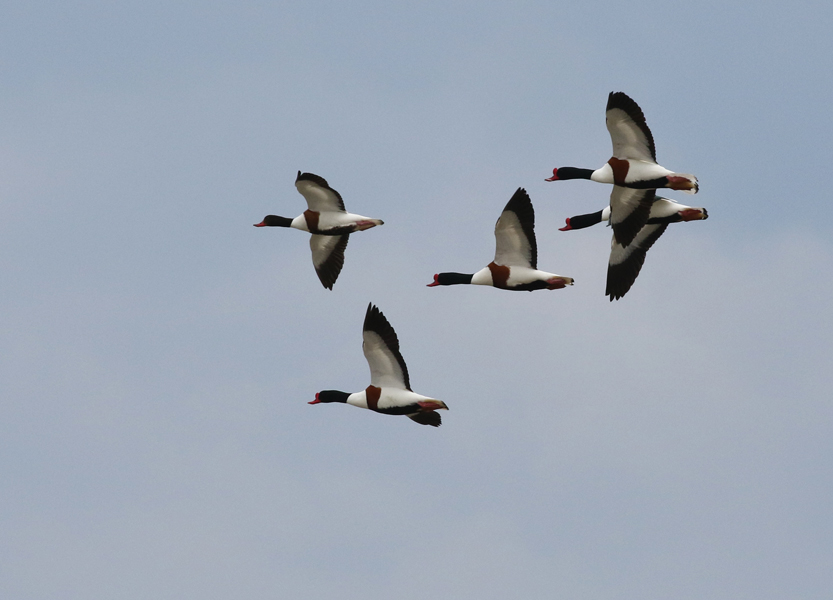
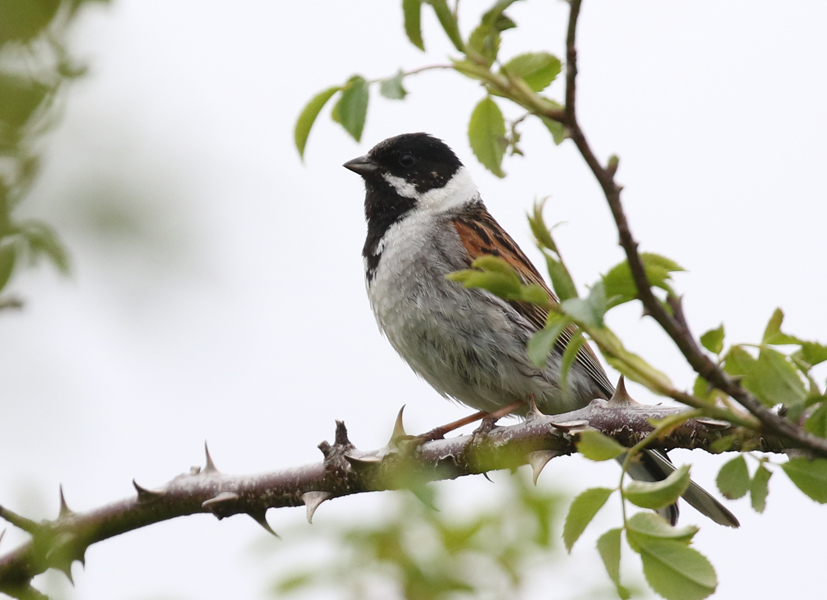
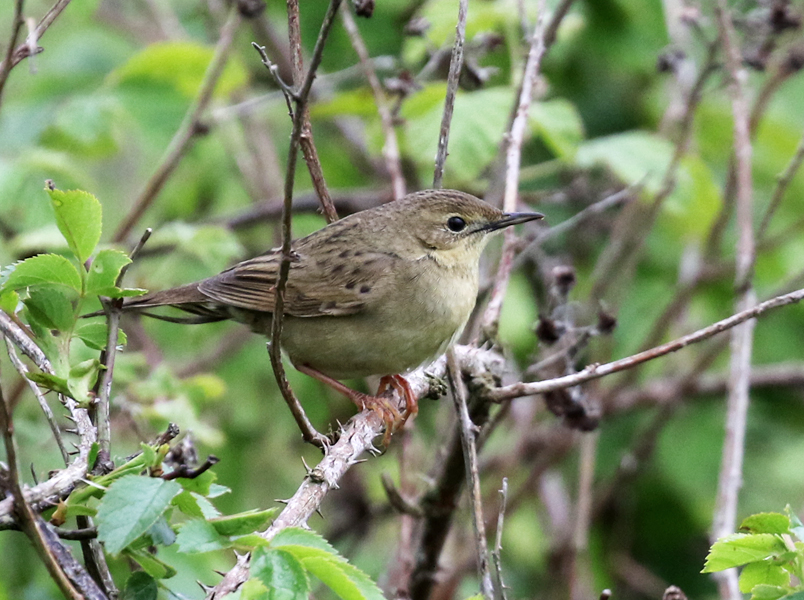

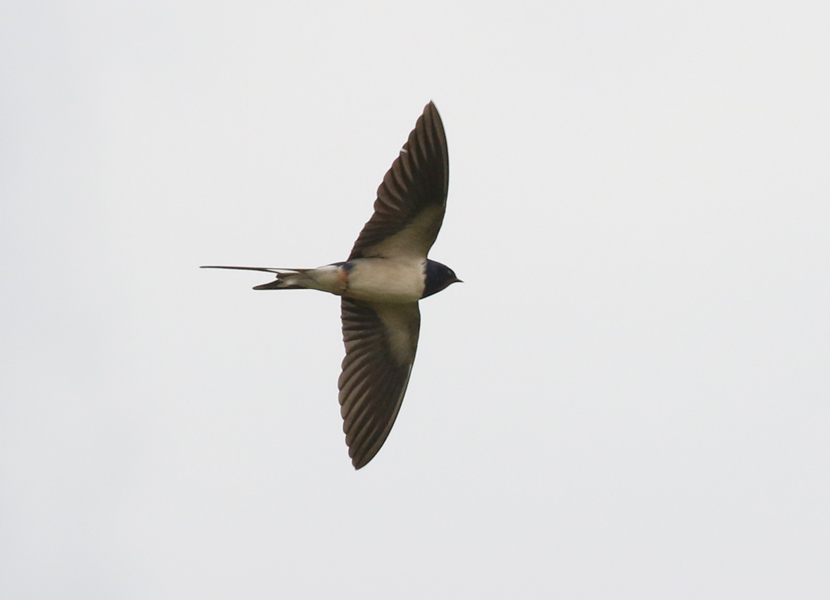


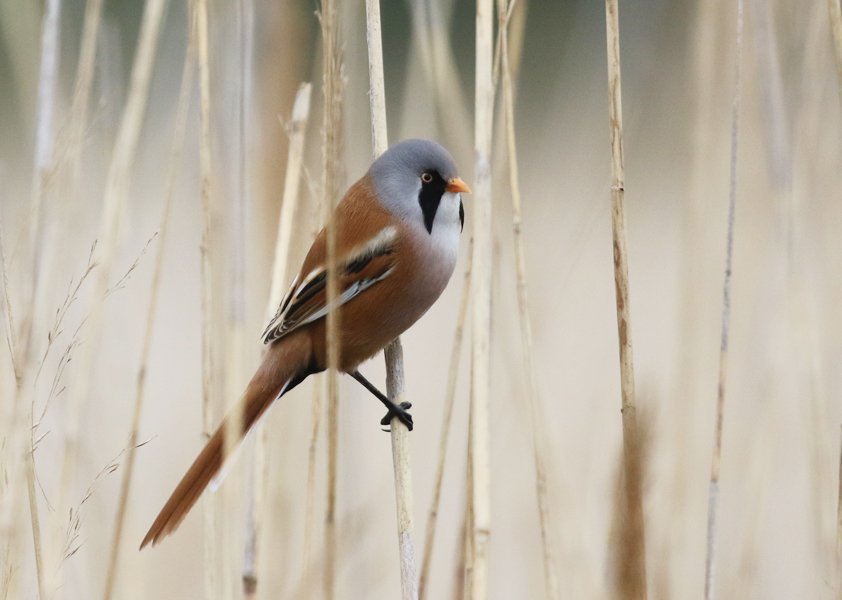
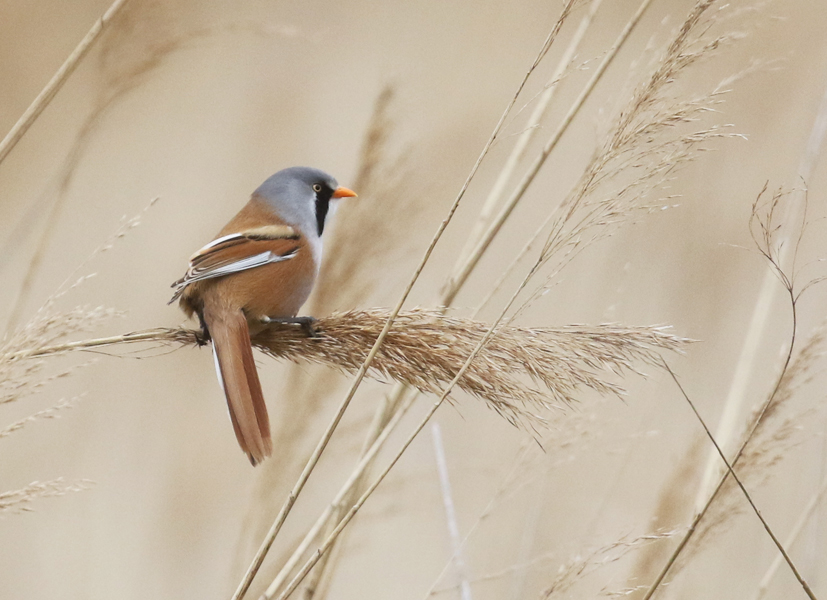


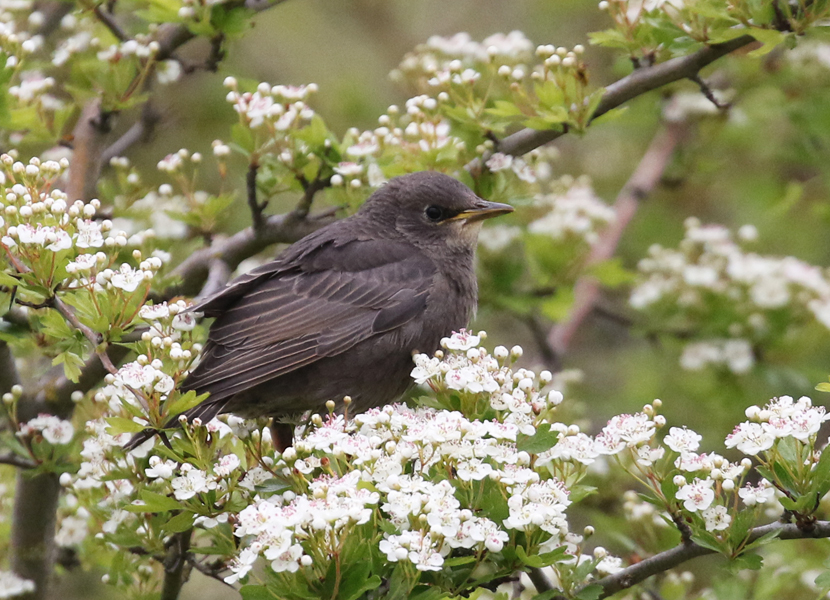

 Posted in
Posted in  Tags:
Tags: 










